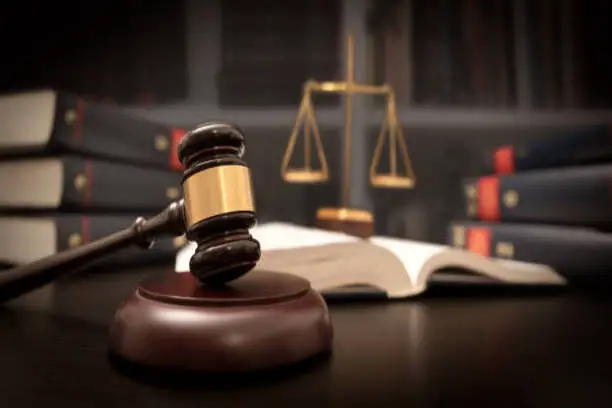


One of the most contentious issues in US patent law revolves around determining whether an invention qualifies for patent protection or is considered an “abstract” concept undeserving of such rights. This debate, particularly prevalent in software patents, has seen inconsistent interpretations post the Supreme Court’s 2014 decision in Alice Corp v CLS Bank International.
The court established a two-part test for patent eligibility aimed at bringing clarity. However, this has led to myriad inconsistent opinions, especially concerning the notion of an invention being “abstract.” Variances in patent eligibility rulings across different courts—Delaware, California, and Texas—further complicate matters. The Federal Circuit Court has even sought fresh guidance from the Supreme Court, without success.
Patent eligibility is rooted in section 101 of the Patent Act. However, courts have established exceptions, particularly for inventions categorized as laws of nature, natural phenomena, and abstract ideas. The challenge lies in defining what constitutes an “abstract” invention.
Step one of the Alice test—determining if a patent is “directed to” a judicial exception like abstractness—poses difficulties due to the lack of a concise definition of “abstract.” The United States Patent and Trademark Office (USPTO) has categorized abstract ideas into three types, yet these categories often raise more questions than they answer.
Courts have attempted to streamline the analysis by breaking it into sub-inquiries. However, answering these inquiries involves subjective judgment calls that vary across entities, from the USPTO to individual judges.
Step two evaluates whether a patent transforms the nature of the claim into a patent-eligible invention. Courts focus on whether the claims go beyond routine, conventional practices. However, this assessment sometimes gets entangled with questions of obviousness under a different section of the law, creating further complexities.
The lack of clear guidance from Alice has resulted in unpredictable case law, impacting companies’ ability to assess legal risks, negotiate deals, and manage patent strategies. This unpredictability has pushed some companies towards favoring trade secret protection over patents.
Hopes for Supreme Court intervention to clarify the Alice test have waned, leaving defendants and patent-seeking companies to navigate the complexities on their own. Companies facing patent disputes need to strategically assess Section 101 challenges, while those pursuing patents must draft claims and specifications meticulously to mitigate eligibility risks.
In conclusion, the environment surrounding patent eligibility remains complex, with venue and judicial preferences significantly influencing outcomes. Understanding these nuances and planning accordingly is crucial for entities involved in patent-related matters.